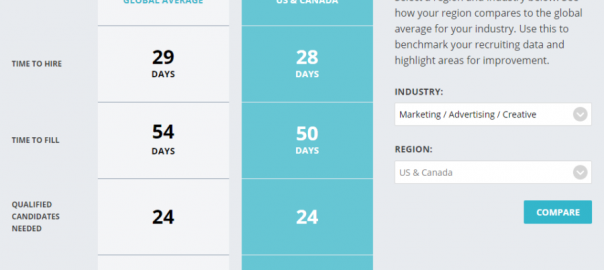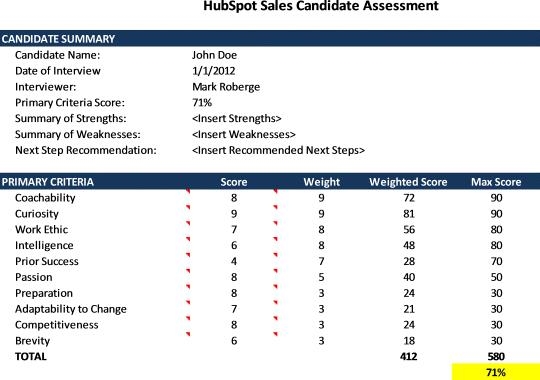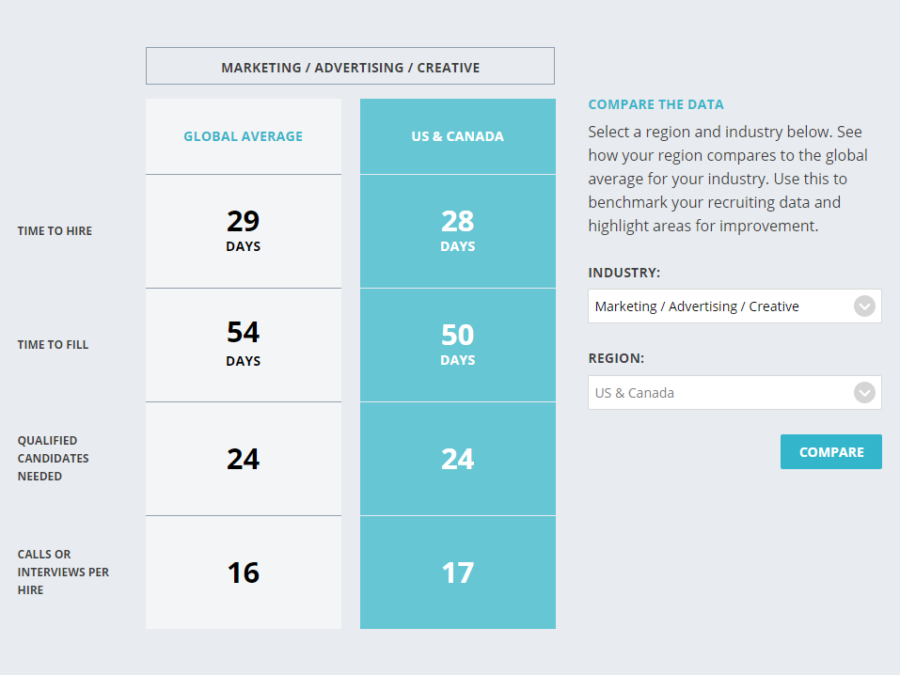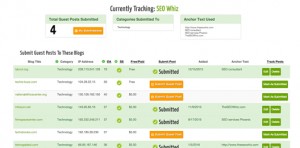— February 7, 2018
Have you ever wondered what drives success in business over the long run? Having the right idea, picking the right strategy or hitting the right timing? Sure, they all play a role, but there is something more fundamental that makes a long-term difference. Here is how Apple’s Steve Jobs describes it:
The secret of my success is that we have gone to exceptional lengths to hire the best people in the world.
In fact, any founder or CEO will tell you that you cannot build a successful business and grow it if you don’t develop the capability to hire great people. While hiring is not rocket science, most entrepreneurs underestimate how much work it takes to build a hiring muscle and, as a result, underinvest in this critical area.
How can you design an effective hiring process that will enable you to consistently acquire A-players? Here are seven best practices that great companies apply to achieve hiring success.
1. Treat hiring as sales, not human resources
Experienced business leaders approach the search for a top-level professional with a sales mentality. Best developers, product managers, and marketers have their pick of opportunities, so you need to compel them to first consider and then accept the role you are offering.
Your hiring is all about the funnel, just like your sales and marketing.
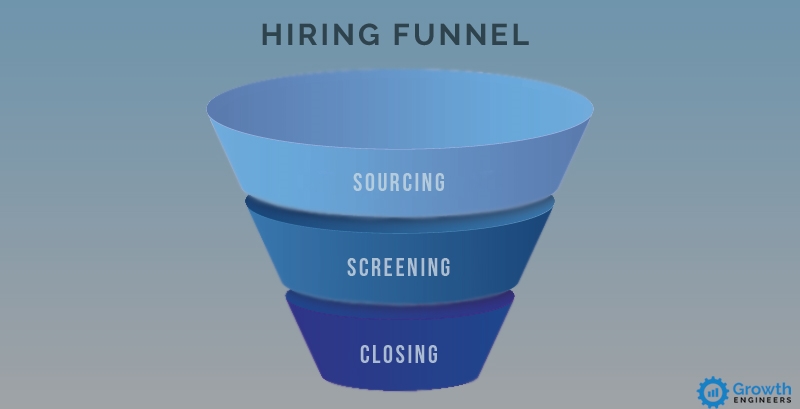
Sourcing
The best candidates are not looking at job boards, so how do you get them into your hiring funnel? First, clearly define the candidate persona and craft a compelling message and then go outbound to convince top talent to consider your opportunity. Your number one acquisition channel should be referrals. If you can’t find the right candidate through referrals, reach out to top talent directly or use trusted recruiters.
Screening
A well-designed evaluation process focuses on the things that are predictive of long-term success in a specific role – which are typically the candidate’s DNA and fit, rather than years of work experience and education. Applications, interviews, trials, and reference checks are all tools that help you figure out if the candidate is the exact person you want for the company.
Closing
You have to assume that the person you are trying to hire is looking at multiple opportunities, so you should work on closing them right from the outset. Listen to the candidate throughout the process to understand how they make a decision and what specific areas you need to address to have a successful close.
2. Structure the process
Hiring can become extremely time-consuming. Having a well-structured and documented process can help you reduce time spent and get better results. Systematized process also becomes repeatable and scalable.
Today’s tools allow you to efficiently manage your searches. Trello is the simplest way to organize your process and keep track of the candidates. You can also choose from any of a number of applicant tracking systems to get a host of additional benefits.
With dozens of candidates being considered for a single position, the only way to make an informed, unbiased decision is to run them through a structured interview process. The benefits are threefold:
- Having the candidate go through a consistent set of people and relevant questions adds objectivity to the evaluation process.
- Research shows that structured interviews are twice as effective as unstructured ones at predicting how well the candidate will perform on the job.
- A structured interview process puts you in a strong position against any legal challenges.
Then, use an interview scorecard, where you rate a candidate on desired competencies and qualities, to distill conversations into measureable, comparable results.
3. Invest in great candidate experience
According to CareerBuilder’s 2017 Candidate Experience Study, almost 80% of candidates say the overall experience they receive during the job application process is an indicator of how a company values its people.
If you want to hire top talent, demonstrate how you value your people by creating an amazing candidate experience. When you do that, don’t just solve for people you want to hire, but also solve for people you don’t hire.
When you provide a great candidate experience, regardless of whether you hire the person or not, you create advocates who could spread the word and refer the best people in their network. And you should treat people well in your hiring process simply because it’s the right thing to do.
Candidate experience is the sum of human, physical, and technological interactions that a potential employee has with your company. It starts with the outbound message or a job posting and continues with every step along the way until you bring them on board.
The No. 1 mistake companies make during the process is not communicating enough with the candidates, so be sure to respond promptly, give them honest feedback, and infuse a personal touch as much as possible.
Here is an advice from Nick Francis, CEO of Help Scout, a company that has built a great employer brand:
Every “no” should get a personal note telling them it didn’t work out… [Y]ou should communicate with them as though they are a potential customer. The applicant could be a customer someday. In fact, they could interview for the job again someday and be much more qualified. Furthermore, when a “rock star” asks them what it was like interviewing with your company, they will have nothing but great things to say.
The best talent will always have multiple options, and while the alternatives the candidate may be considering are out of your hands, candidate experience is one of the things you can control.
4. Involve the team
Making hiring a team effort has multiple benefits. First, your team can help you build a much bigger pool of candidates. People on your team should always be in a recruiting mode, whether they are attending events or just meeting people outside the office. Let everyone know what roles you have open. Make sure people are coached on what to look for in potential candidates and how to approach them.
Involving other team members in evaluating the candidate helps you yield a more balanced perspective and identify things that an individual interviewer may miss. Here, too, it’s important to train your colleagues not only how to interview, but also how to sell the candidates.
Finally, involving your team will infuse your culture into the hiring experience and help close candidates. People will often forgo financially more attractive offers to be part of a work environment where they are going to feel great.
5. Optimize your hiring process based on data
Companies love hiring data-driven growth marketers who relentlessly test, measure, and optimize strategies and tactics to move the growth needle.
Yet, most businesses fail to apply the same analytical approach to their hiring efforts. Without the data on what’s working and what’s not, it’s hard to make sound decisions about where to focus resources and what to improve.
- How fast does a candidate move through your process?
- How much time does it take to fill a position?
- How many hours do you spend on hiring?
- What are the conversion rates at each stage of the hiring funnel?
Today, recruiters have access to sophisticated and inexpensive technology that helps them answer these questions and provide insights into where their recruiting funnel is leaking and how it can best be filled.
To help you measure performance relative to your peers, you can use Workable’s Benchmark tool, which gathers data from thousands of its customers and presents it categorized by industry and location.
Sometimes, you don’t even need tools to measure the effectiveness of your hiring efforts. For example, you can refine your assessment capability by periodically comparing your scorecard and your notes to how well the new employees are performing.
If you want to understand how candidates are experiencing your hiring process, you can ask them to fill out a simple survey, such as this one used by the hiring team at Google, and use the feedback to adjust the process.
6. Build a pipeline ahead of your hiring need
A study by Leadership IQ found that 81% of new hires either fail within 18 months or turn out to be only fair to marginal performers. One of the reasons why companies make so many bad hiring decisions is because they don’t begin the search until they are in need.
While a few companies are lucky enough to quickly identify and hire the right person, most spend months with an unfilled role or settle for the best available alternative even if that’s not an ideal candidate. When you are hungry to fill a position and want the candidate to work, that psychology is working against you and pushing you into making a bad hire.
Your chances of succeeding with your hiring process will increase if you build a pipeline of qualified candidates and start building relationships with reputable professionals long before you need to recruit.
In the words of David Cancel, CEO of Drift:
You need to be collecting people over time, understanding their personalities and what they are good at and how they can play a role at different stages of your business.
Instead of having to struggle and fight for their attention when you urgently need to fill the role, gain trust over time. Nurturing relationships requires a significant time commitment, but it’s an investment that is well worth it.
7. Move quickly
“Hire slow, fire fast” is the advice often given in the startup world. But not every advice has to be heeded. While you don’t want to be hasty with your process, once you have identified great candidates, you should move quickly and decisively.
Whether it is scheduling an interview, arranging a trial, or making and communicating your decision, a fast-paced process sends a powerful signal on you as a company and on how you value the candidate’s time.
Great candidates will have plenty of alternative offers. The longer you drag out the hiring process, the more time the candidate has to explore other opportunities and the greater the chance that they will go somewhere else.
Dr. John Sullivan’s research indicates that the top 10% of candidates are often gone from the marketplace within 10 days and the recruiting loss from missing a single game-changer to be over $ 1 million:
Speed of hire is most important when you are competing against other firms for currently employed “in-high-demand” top talent. You simply must hire fast, because if you don’t, the competition will take this top talent off the market before you have the time to make a hiring decision.
Final thoughts
Great people build great businesses, so if you want yours to be one of them, focus relentlessly on hiring the right people from the beginning. Be prepared to invest time and resources in creating a high-quality hiring process that will help you reel in top candidates and build a high-performing team.
Business & Finance Articles on Business 2 Community
(72)
